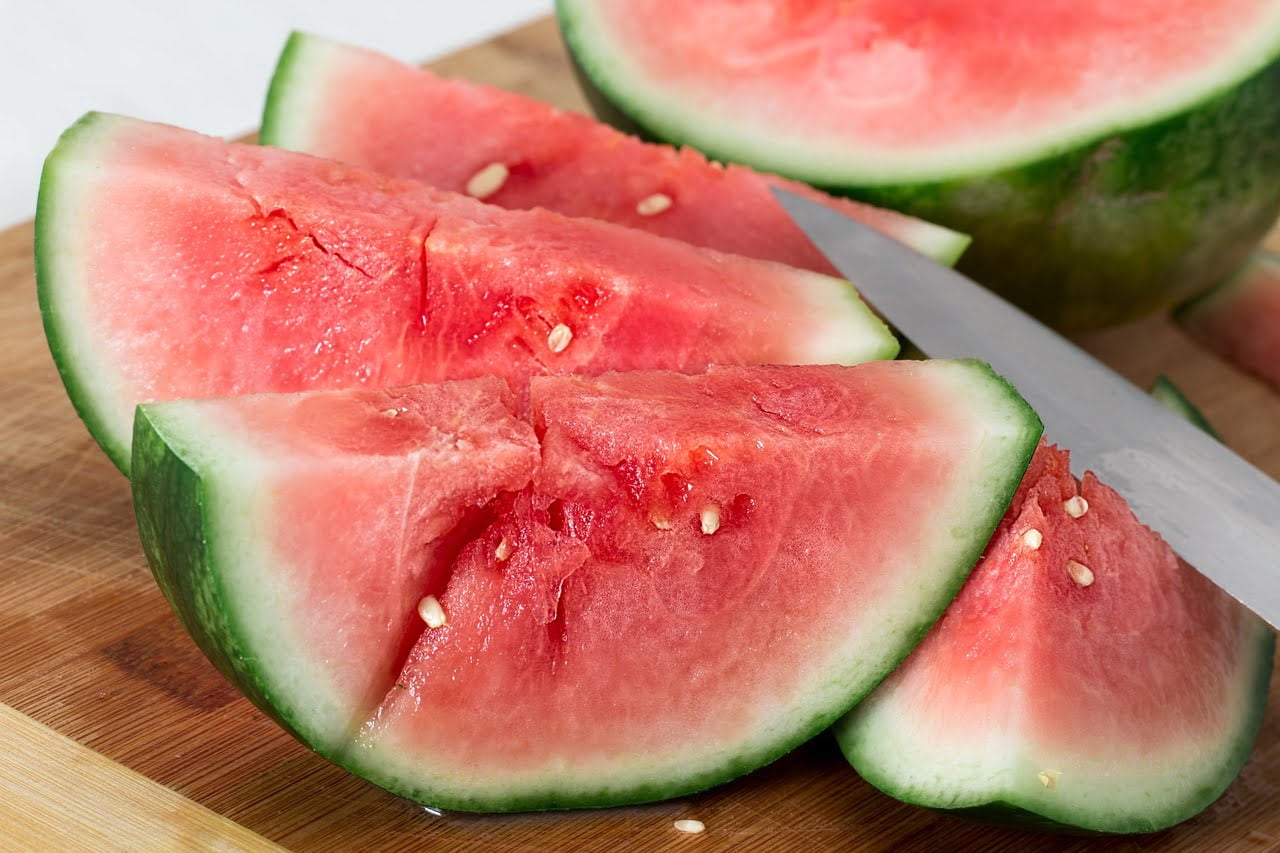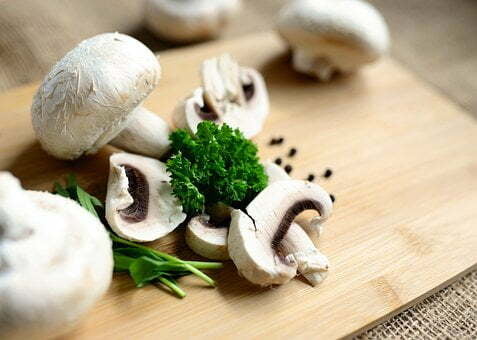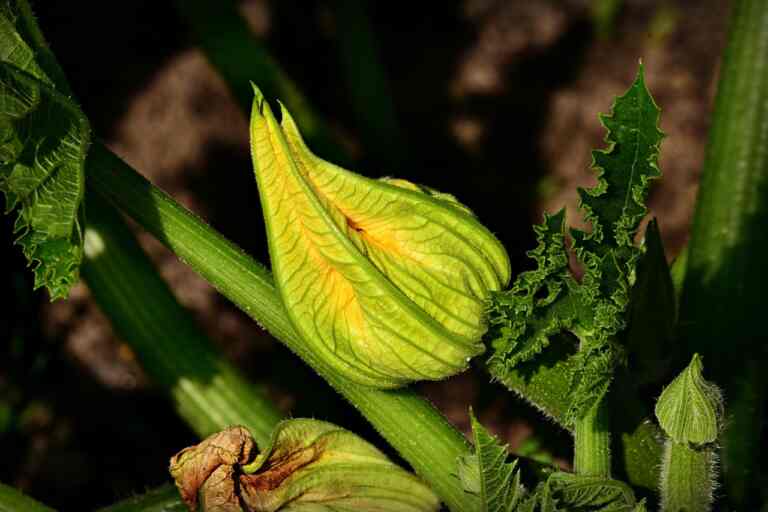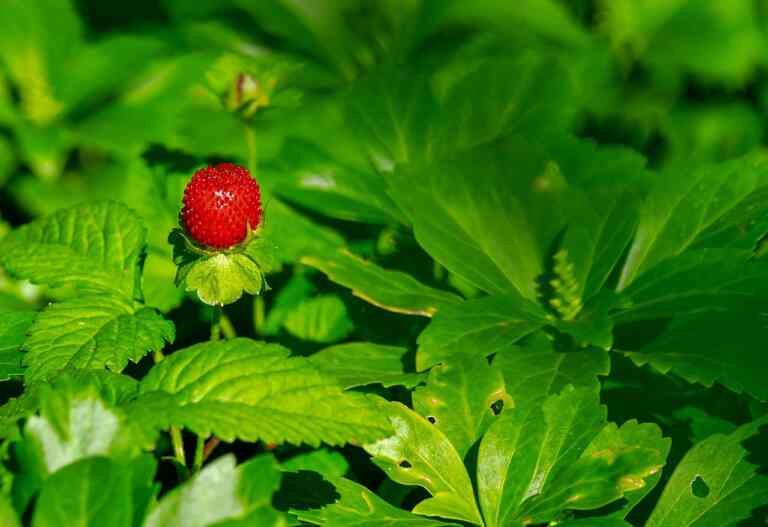Can we eat watermelon rinds?
Can we eat watermelon rinds? Watermelon, with its sweet and juicy flesh, is a quintessential summer fruit. However, when we enjoy this refreshing treat, the common practice is to discard the tough, green rind. But have you ever wondered if those watermelon rinds are edible? In this discussion, we’ll explore the question: Can we eat watermelon rinds?
Introduction to Watermelon Rinds
Watermelon rinds, often overlooked, are the firm, outer green layer of the fruit that protects the juicy interior. They are typically considered inedible and are usually discarded. However, like many aspects of food and nutrition, the edibility of watermelon rinds is more nuanced than it might seem at first glance.
Common practice of discarding watermelon rinds
The common practice of discarding watermelon rinds is deeply ingrained in many cultures worldwide. This tradition stems from several factors, primarily the striking contrast in taste and texture between the rind and the juicy, sweet flesh of the fruit. Watermelon rinds are notably firmer and less succulent, often carrying a mildly bitter or grassy taste that doesn’t align with the anticipated flavor of the fruit. This contrast has led generations to opt for the luscious interior while discarding the rind.
Additionally, the perceived inedibility of the tough outer skin, the effort required to prepare the rind for consumption, and a lack of awareness about its nutritional value and potential uses all contribute to the prevailing practice of disposing of watermelon rinds. However, as awareness of food sustainability and waste reduction grows, more people are exploring innovative culinary applications for watermelon rinds, challenging this long-standing habit and discovering their hidden value.
Edibility of Watermelon Rinds
The short answer is yes, you can eat watermelon rinds. While the rind is not as immediately appealing as the sweet flesh, it is not toxic or harmful in any way. In fact, many cultures around the world have a tradition of using watermelon rinds in various culinary preparations.
Historical and cultural perspectives on eating watermelon rinds
Historical and cultural perspectives on eating watermelon rinds vary widely, reflecting diverse culinary traditions and practices around the world. In some regions, especially in parts of Asia and the Middle East, the use of watermelon rinds in cooking and preservation dates back centuries.
Historical accounts reveal that ancient civilizations, such as the Egyptians, utilized watermelon rinds for both culinary and medicinal purposes. In these cultures, pickling and preserving watermelon rinds became common practices to extend the fruit’s shelf life and reduce food waste. However, in many Western cultures, the tradition has typically leaned towards discarding the rinds, often due to the belief that they were inedible or lacked culinary appeal.
Despite these variations, there is a growing global interest in reevaluating the edibility of watermelon rinds, driven by environmental concerns, culinary experimentation, and a desire to make the most of every part of this delicious fruit. As a result, historical and cultural perspectives on eating watermelon rinds are evolving, reflecting a broader shift towards sustainable and mindful food consumption.
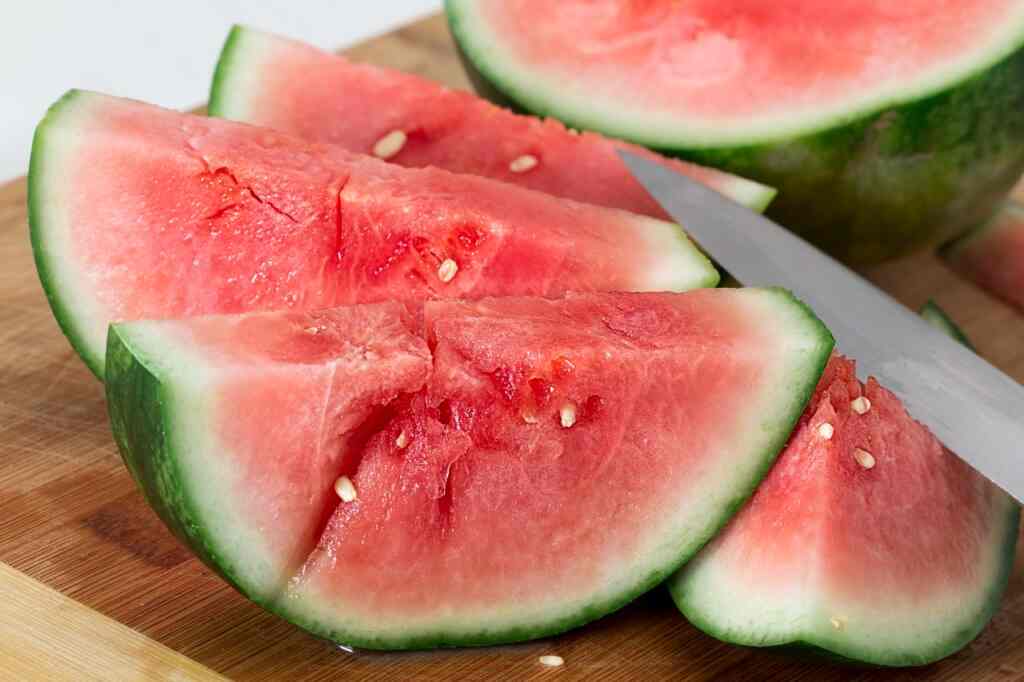
Nutritional Value of Watermelon Rinds
Watermelon rinds contain several nutrients, including dietary fiber, vitamins, and minerals. Here are some of the nutritional components found in watermelon rinds:
- Dietary Fiber: The rinds are a good source of dietary fiber, which can support digestive health and promote a feeling of fullness.
- Vitamins and Minerals: Watermelon rinds contain vitamins A and C, which are essential for immune function and overall health. They also provide small amounts of potassium, a vital mineral for heart health and muscle function.
Health Benefits of Consuming Watermelon Rinds
Including watermelon rinds in your diet can offer various health benefits. The dietary fiber in the rinds can aid in regular bowel movements and help prevent constipation. Moreover, the vitamins and minerals found in the rind contribute to your overall nutritional intake.
Dietary fiber and its role in digestive health
Dietary fiber plays a crucial role in promoting digestive health. It consists of the indigestible parts of plant foods, primarily carbohydrates, which pass through our digestive system relatively intact. One of its main functions is to add bulk to stool, making it easier to pass and helping to prevent constipation.
Fiber also aids in maintaining regular bowel movements by promoting the muscle contractions needed for efficient digestion. Moreover, it acts as a prebiotic, providing nourishment to beneficial gut bacteria, which, in turn, can contribute to a balanced gut microbiome and improved digestion.
Beyond these immediate benefits, a high-fiber diet has been linked to a reduced risk of various digestive disorders, including diverticulitis, hemorrhoids, and irritable bowel syndrome (IBS). Additionally, it may help lower the risk of colorectal cancer. In summary, dietary fiber is an essential component of a healthy diet, contributing significantly to digestive well-being and overall health.
Preparing and Eating Watermelon Rinds
Before consuming watermelon rinds, it’s crucial to properly prepare them. The tough outer skin should be removed, as it can be challenging to chew and digest. Once the skin is removed, you can slice or dice the inner, white part of the rind and use it in different culinary applications.
Ways to incorporate them into your meals
Incorporating watermelon rinds into your meals can be a creative and sustainable way to make the most of this often-discarded fruit part. One of the most popular methods is pickling watermelon rinds. Pickled watermelon rinds are a delightful and tangy treat with a unique flavor profile that pairs well with salads, sandwiches, or even as a side dish.
Another option is to add finely chopped or grated watermelon rinds to salads for a refreshing crunch and subtle flavor. In stir-fries and sautés, watermelon rinds can provide an interesting texture and absorb the flavors of the dish. They can also be blended into smoothies to add a nutritional boost and a hint of freshness. Additionally, consider incorporating them into fruit chutneys or salsas to add complexity to your condiments.
Whether pickled, raw, or cooked, watermelon rinds offer a versatile and sustainable addition to your culinary repertoire, helping reduce food waste while expanding your taste horizons.
Culinary Uses and Recipes
There are several creative ways to incorporate watermelon rinds into your meals. Some popular options include pickling the rinds, adding them to salads, or using them in stir-fries. Pickled watermelon rinds, in particular, are a delightful and tangy snack in many cultures.
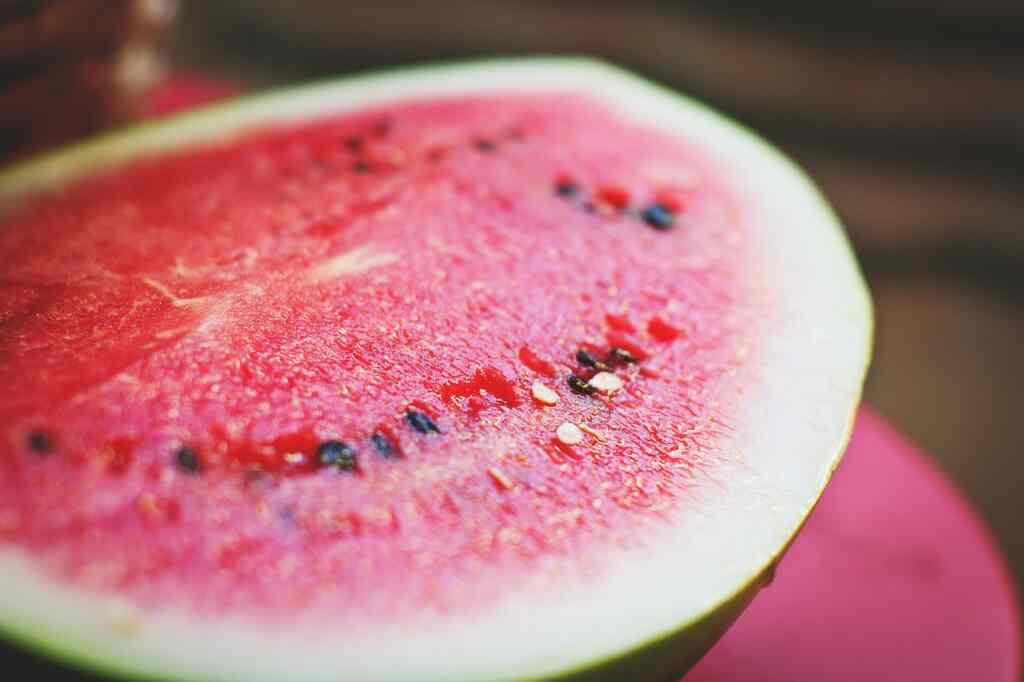
Recipes featuring watermelon rinds as a key ingredient
Watermelon rinds, often overlooked, can be transformed into delightful dishes that capture both their unique flavor and their eco-conscious appeal. One such recipe is Watermelon Rind Pickles, where thinly sliced watermelon rinds are brined with a blend of vinegar, sugar, and spices. After a brief soak, the rinds develop a tangy-sweet flavor that perfectly complements charcuterie boards or sandwiches.
For those seeking a refreshing summer treat, Watermelon Rind Sorbet offers a surprising twist. The rinds are boiled and pureed before being mixed with simple syrup and a hint of lime juice, creating a vibrant and cooling dessert. Additionally, Watermelon Rind Stir-Fry showcases the rinds’ versatility in savory cooking.
Sautéed with ginger, garlic, and a medley of vegetables, the rinds take on a slightly crunchy texture and absorb the savory flavors of the dish. These recipes not only minimize food waste but also elevate watermelon rinds into star ingredients of inventive and flavorful creations.
Flavor and Texture
The flavor of watermelon rinds is milder and less sweet compared to the juicy flesh. The texture is firmer and slightly crisp, especially when properly prepared. Some describe the taste as cucumber-like or slightly grassy.
How they compare to the flesh of the fruit
While watermelon rinds might not possess the same juicy and sweet qualities as the flesh of the fruit, they offer their own distinct attributes that can be appreciated in various culinary creations. In terms of flavor, watermelon rinds tend to be milder and less sugary than the juicy interior. They often have a slightly crisp texture, similar to cucumber, which can add a refreshing crunch to dishes. The rind’s subtle taste makes it a versatile canvas for absorbing the flavors of spices, herbs, and sauces used in recipes.
Compared to the flesh, watermelon rinds also have a higher water content, making them ideal for dishes that require hydration and a light, hydrating quality. Their slightly fibrous nature lends itself well to pickling, where they can absorb the flavors of brines and develop a pleasantly tangy taste. When used in desserts like sorbets, watermelon rinds contribute a unique texture that’s less creamy than the flesh but still satisfyingly refreshing.
Potential Concerns and Allergies
While watermelon rinds are generally safe to eat, some individuals may find them difficult to digest due to their fibrous nature. If you experience any discomfort or digestive issues when consuming the rinds, it’s advisable to moderate your intake or avoid them.
Allergies or sensitivities related to watermelon rinds
Allergies or sensitivities specifically related to watermelon rinds are quite rare. However, it’s important to note that some individuals might experience reactions due to the presence of certain compounds in watermelon rinds or cross-reactivity with other allergens. Here are a few things to consider:
- Oral Allergy Syndrome (OAS): People with pollen allergies might experience OAS when consuming certain fruits and vegetables, including watermelon. The symptoms can include itching, tingling, or swelling of the mouth, lips, or throat. This reaction is typically due to cross-reactivity between proteins in pollen and proteins in certain fruits, but it’s more commonly associated with the flesh of the fruit rather than the rind.
- Latex-Fruit Syndrome: Individuals with latex allergies might also experience allergic reactions when consuming certain fruits, including watermelon. This is due to the similarity of proteins found in latex and certain fruits. Again, this reaction is more commonly associated with the flesh of the fruit.
Sustainability and Reducing Food Waste
Eating watermelon rinds is not only safe and potentially beneficial for your health but also aligns with sustainability practices. Utilizing every part of the fruit reduces food waste, which is a significant concern in today’s world.
Environmental benefits of utilizing the entire fruit
Utilizing the entire fruit holds remarkable environmental benefits that resonate with sustainable practices and resource conservation. By minimizing food waste and utilizing typically discarded parts like peels, seeds, and rinds, we contribute significantly to reducing the burden on landfills and decreasing methane emissions.
This waste reduction in turn lessens the demand for additional agricultural production, conserving precious water, energy, and land resources. Moreover, embracing the concept of whole-fruit utilization aligns with circular economy principles, maximizing the value we derive from each fruit and promoting a more efficient, less wasteful approach to food production and consumption.
This holistic utilization also encourages innovation in cooking, product development, and agricultural practices, fostering a culture of creative problem-solving to address the challenges of sustainability in our world.
In Conclusion
In conclusion, watermelon rinds are indeed edible and offer nutritional benefits. While they may not be as sweet or immediately palatable as the flesh, they can be incorporated into your diet in various ways, contributing to your overall health and helping to reduce food waste. So, the next time you enjoy a juicy watermelon, consider saving those rinds for a culinary adventure—they might just surprise your taste buds.
This article is reviewed by Russel, before publishing. If you have any doubt, you can contact us or consult with your nearby doctor. Remember, in medical matters, there is no same advice, cure, and medicine for all.

